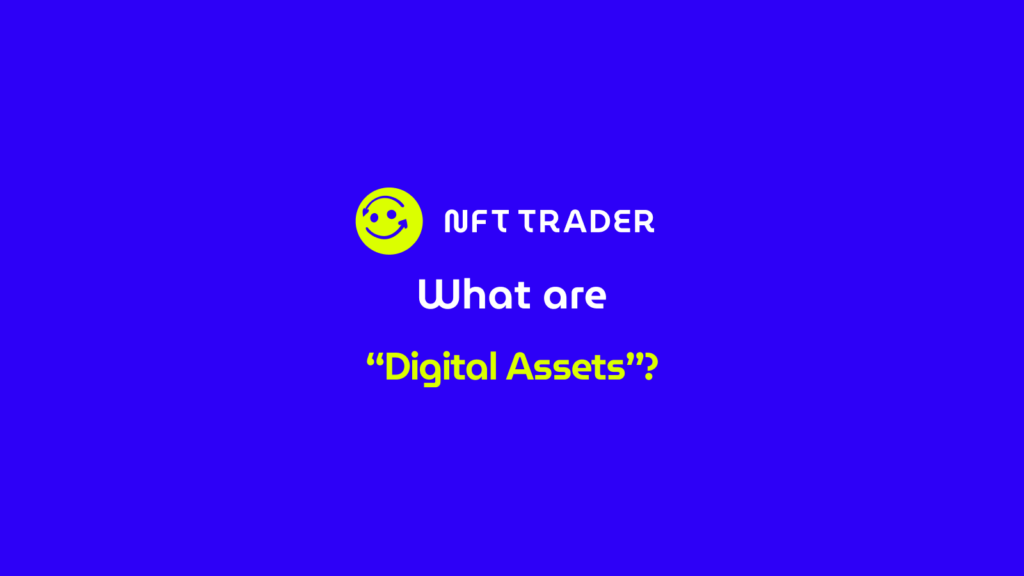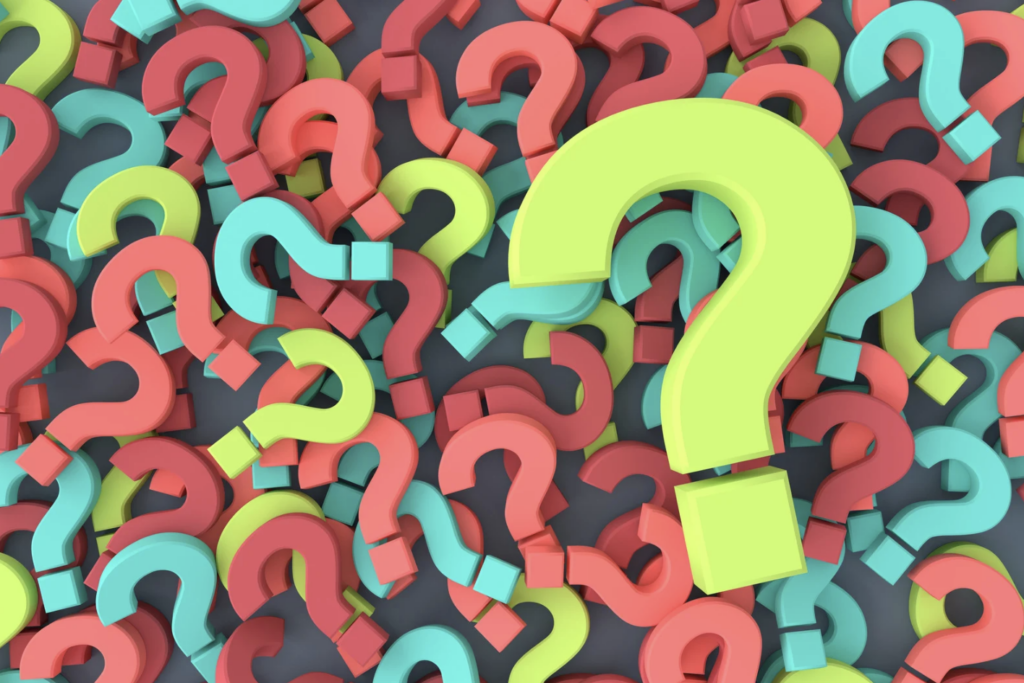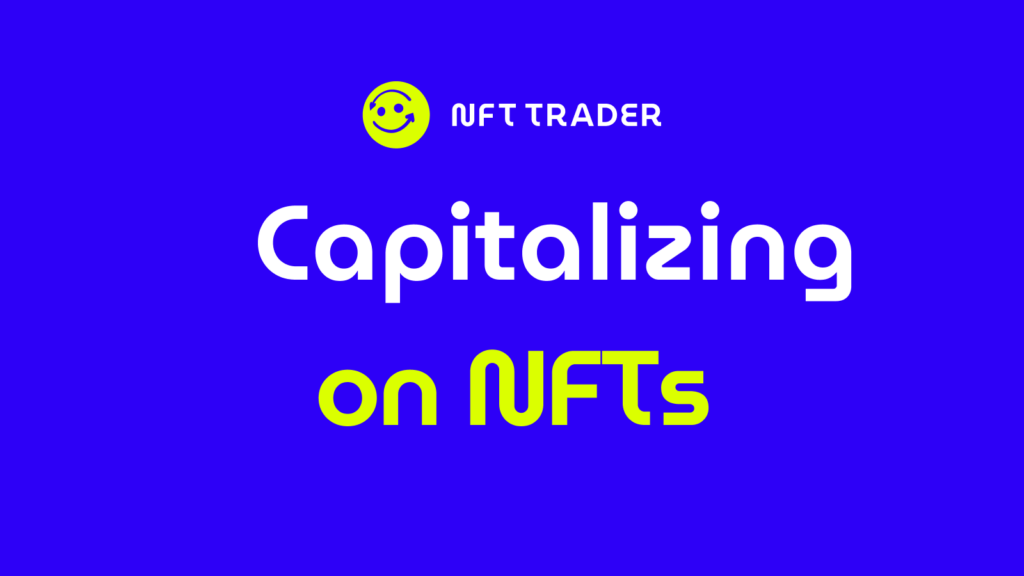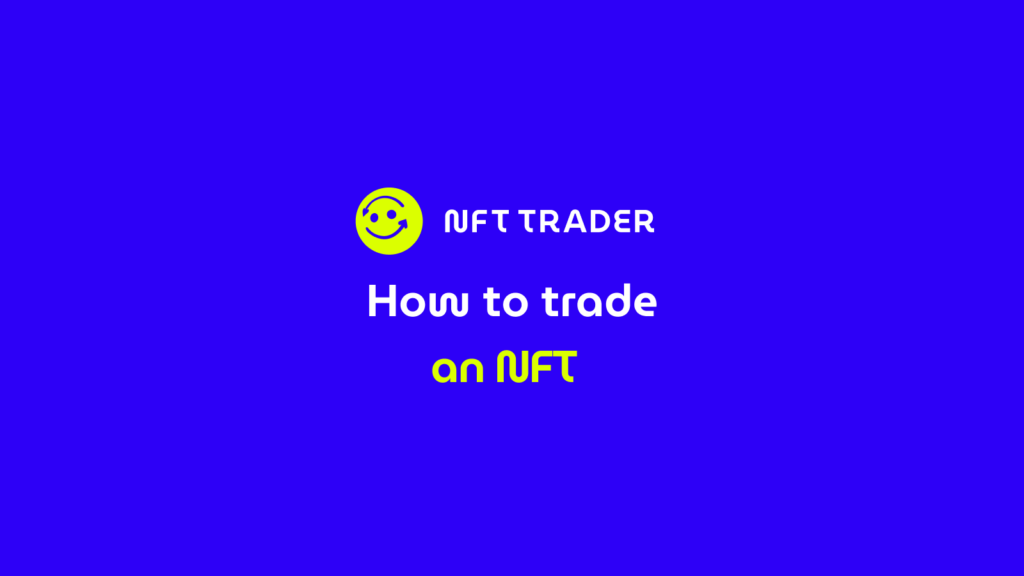What are digital assets? A detailed overview

The blockchain space can often feel overwhelming due to its complexity. The presence of numerous acronyms, intricate terminology, and fragmented information compounds this challenge. Expressions such as ERC20, ERC721, ERC1155, tokens, minting, staking, and various other terms hold significant importance in this realm. However, from an external perspective, comprehending these terms can be arduous, and at times, locating accurate information can also prove to be a daunting task.
For this reason, several months ago, developers and blockchain enthusiasts began adopting a novel term that is more accessible to individuals not directly engaged in the cryptocurrency ecosystem: Digital Assets.
Summary:
- What are Digital Assets
- Types of Digital Assets
- How do Digital Assets work ?
- Managing Digital Assets
- Pros and Cons of Digital Assets
- Disadvantages of Digital Assets
What are Digital Assets?
In the realm of public blockchains, such as Ethereum, a wide array of elements can be classified within the digital assets category.
At its core, the foundational aspect revolves around establishing ownership of these assets, a task impeccably suited for blockchain technology. Consequently, when acquiring an NFT or a cryptocurrency on a public blockchain, confirming ownership of an asset or verifying the quantity of a held token becomes a straightforward process.
Digital Assets encompass a spectrum of possibilities. They can assume uniqueness, exemplified by Non-Fungible Tokens (NFTs), where a distinct identifier is intrinsically linked to metadata. Conversely, they can represent quantities of cryptocurrencies like Bitcoin. In the domain of Ethereum Virtual Machine (EVM) chains, a hybrid alternative is viable – the multitoken, epitomized by ERC1155 – an NFT augmented with an associated quantity.
When juxtaposing digital assets, their nature varies, contingent on the foundational standard employed to depict them. These assets might embody an NFT replicating a physical sneaker or a securely stored wristwatch. Alternatively, they could manifest as in-game currencies or representations of virtual items, such as a sword within a gaming environment.

Types of Digital Assets
As previously noted, a diverse array of Digital Assets can materialize, contingent upon the protocol in play. To illustrate this concept, let’s delve into examples utilizing the Ethereum blockchain as a reference, alongside its token standards.
Cryptocurrencies and ERC20 Tokens
The Ethereum blockchain initially witnessed the emergence of ERC20 tokens as one of its pioneering and widely adopted standards. The ERC20 standard serves as a foundation for token representation. Key attributes of ERC20 tokens encompass:
- Total Supply: This denotes the maximum quantity of tokens that can be made available. The total supply could either remain fixed or incorporate a controlled emission pattern over daily, weekly, or monthly intervals. This flexibility aligns with the development team’s requirements.
- Amount: The “amount” attribute signifies the number of tokens held by a user or associated with a particular address on the Ethereum blockchain.
An additional facet to consider is token allocation. This refers to the allocation of tokens held by the protocol’s development team, often reserved for developmental purposes. Simultaneously, the concept of token emission comes into play, wherein a designated amount of tokens may be released at scheduled intervals, often represented as a percentage.
While ERC20 tokens play a pivotal role and exhibit a broad spectrum of utility, including applications as stablecoins, tokens for Decentralized Autonomous Organizations (DAOs), in-game currencies, and even memecoins, the digital assets landscape is not limited to ERC20 tokens alone. Cryptocurrencies like Ethereum and Bitcoin fall within this category as well. These native blockchain currencies, primarily used for covering transaction gas fees, also contribute to the encompassing realm of digital assets.
Non-fungible tokens (NFTs)
Non-Fungible Tokens (NFTs), an integral facet of the digital assets sphere, diverge from ERC20 and native tokens due to distinct attributes. The fundamental characteristics of NFTs encompass:
- Uniqueness: Each NFT is inherently unique, a trait facilitated by a smart contract that functions as a representation of the collection. This uniqueness is perpetuated through a token ID intricately tied to the digital asset.
- Metadata: Integral to NFTs is the metadata linked to each individual token. This metadata encapsulates the specific traits of the asset, along with an accompanying image utilized to visually depict it. Notably, NFT marketplaces typically employ this image for showcasing the NFT.
NFTs have garnered recognition primarily for their role in housing one-of-a-kind digital creations. However, their scope extends beyond this, encompassing larger collections such as 10,000-piece sets often centered around profile pictures (PFPs). The versatility of NFTs is noteworthy, as their capacity to hold metadata allows them to encapsulate a wide array of concepts, enabling their application to diverse contexts.
Other Digital Assets
The landscape of digital assets includes a variety of tokens beyond traditional cryptocurrencies and NFTs, such as Multitokens and Soulbound NFTs.
Soulbound NFTs represent a recent innovation; they function as NFTs with a distinctive trait – they are untransferrable to another owner. This attribute holds various applications, such as identifying wallets associated with scams through on-chain identification or facilitating Proof of Attendance Protocol (POAP) implementations.
Conversely, Multitokens, often referred to as ERC1155 tokens, embody a hybrid nature, merging features of both ERC20 and ERC721 standards. This amalgamation is the reason they are commonly termed multitokens. The hybrid nature of ERC1155 tokens stems from their possession of both metadata and an associated quantity.
To simplify, consider their prevalent usage within blockchain-based games. Imagine a shield within a game that can be shared among players while retaining identical attributes like resistance and materials. This exemplifies how ERC1155 tokens find utility in contexts where items are shared yet possess unique attributes.
How do digital assets work ?
Digital assets find their existence within the blockchain realm. The acquisition of these assets varies based on the underlying protocol. Consider NFTs or multitokens, which are typically accessible through NFT Marketplaces. Conversely, if one seeks ERC20 tokens, avenues such as Decentralized Exchanges (DEXs) or Centralized Exchanges (CEXs) provide means of acquisition.
The process of obtaining these assets is generally straightforward. On a CEX, loading your account and purchasing a cryptocurrency or ERC20 token is all it takes. Alternatively, possessing a web3 wallet facilitates purchasing NFTs or tokens directly on a DEX after initiating the web3 interface.
Naturally, every journey starts with an initial step. For instance, generating these assets is also viable. NFTs can be minted via public marketplaces or even directly from a website post smart contract deployment.
A similar approach holds true for ERC20 tokens; once the smart contract is deployed, individuals gain the ability to claim or purchase them.
Managing Digital Assets
For manage a digital assets, actually, you’ve two solutions:
- Custodial solution ;
- Non-custodial solution ;
Custodial solution
The custodial solution generally is a service provided by a centralized exchange. Once you’ve loaded your account, you’ll be able to handle those assets directly on their platform. Generally this is the first step that every person have to do when they start to get involved with the blockchain ecosystem.
This solution generally reduce the possibility to get scammed or hacked, since you’re using a safe environment provided by a 3rd party.
Non-custodial solution
Custodial solutions typically originate from centralized exchanges, offering a service where you can deposit assets into your account and subsequently manage them through their platform. This initial action often marks the commencement of an individual’s foray into the blockchain ecosystem.
These solutions inherently curtail the risks associated with potential scams or hacks. By operating within a secure environment furnished by a trusted third party, the likelihood of encountering security breaches is significantly diminished.
Pros and Cons of Digital Assets
The landscape of digital assets is relatively novel, brimming with ongoing developments and experiments. As this domain continues to evolve, an air of excitement pervades the atmosphere. It’s imperative for individuals to remain engaged, as this dynamic realm offers a multitude of opportunities for learning and understanding the unfolding processes.
Advantage of Digital Assets
Digital assets introduce a range of advantages that contribute to their growing prominence. Three key benefits encompass decentralization, promising profitability, and novel opportunities for creators.
- Decentralization: One of the core strengths of digital assets lies in their foundation on decentralized blockchain technology. Traditional assets are often beholden to centralized entities like banks or financial institutions. In contrast, digital assets operate on distributed ledgers, eliminating the need for intermediaries. This decentralized framework enhances security, reduces counterparty risk, and empowers individuals with direct control over their assets.
- Potential Profitability: The digital assets arena offers a realm of potential profitability. Cryptocurrencies like Bitcoin and Ethereum have garnered significant attention due to their historic price surges. While market volatility remains a characteristic feature, astute investors have capitalized on substantial gains. Additionally, the emergence of decentralized finance (DeFi) platforms provides avenues for yield farming, lending, and liquidity provision, enabling users to earn passive income.
- Opportunities for Creators: Digital assets extend novel avenues for creators to monetize their work. Non-Fungible Tokens (NFTs) enable artists, musicians, and other creators to tokenize their creations, effectively transforming them into unique, tradable assets. This revolutionizes traditional notions of ownership and intellectual property rights. Creators can earn royalties each time their NFT changes hands, fostering a more direct and equitable relationship between creators and their audience.
As the digital assets landscape continues to evolve, these advantages underscore the transformative potential of this burgeoning field.
Disadvantages of Digital Assets
Conversely, the digital assets space is not without its drawbacks, which encompass elements like market volatility, susceptibility to scams, and allegations of insider trading.
- Market Volatility: One of the prominent challenges within the digital assets realm is the inherent volatility of cryptocurrencies. Unlike traditional assets, the values of digital assets can experience extreme fluctuations over short time frames. While this volatility presents opportunities for substantial gains, it also exposes investors to significant losses, making risk management a crucial consideration.
- Scams and Fraud: The decentralized nature of digital assets can sometimes pave the way for fraudulent activities. Scammers often exploit newcomers’ lack of familiarity with the intricacies of blockchain technology to execute elaborate schemes. Fake initial coin offerings (ICOs), phishing attacks, and Ponzi schemes are some of the tactics employed. Vigilance and thorough research are essential to avoid falling victim to such scams.
- Allegations of Insider Trading: The nascent nature of the digital assets space has at times been marred by allegations of insider trading and market manipulation. With limited regulation in some regions, instances of illicit practices have raised concerns about the fairness and integrity of digital asset markets. As the industry matures, regulatory frameworks and transparency measures are being developed to mitigate such issues.
In navigating the digital assets arena, understanding and mitigating these drawbacks is as critical as recognizing its advantages. These challenges underline the need for education, caution, and the development of robust regulatory mechanisms to foster a more secure and reliable ecosystem.






